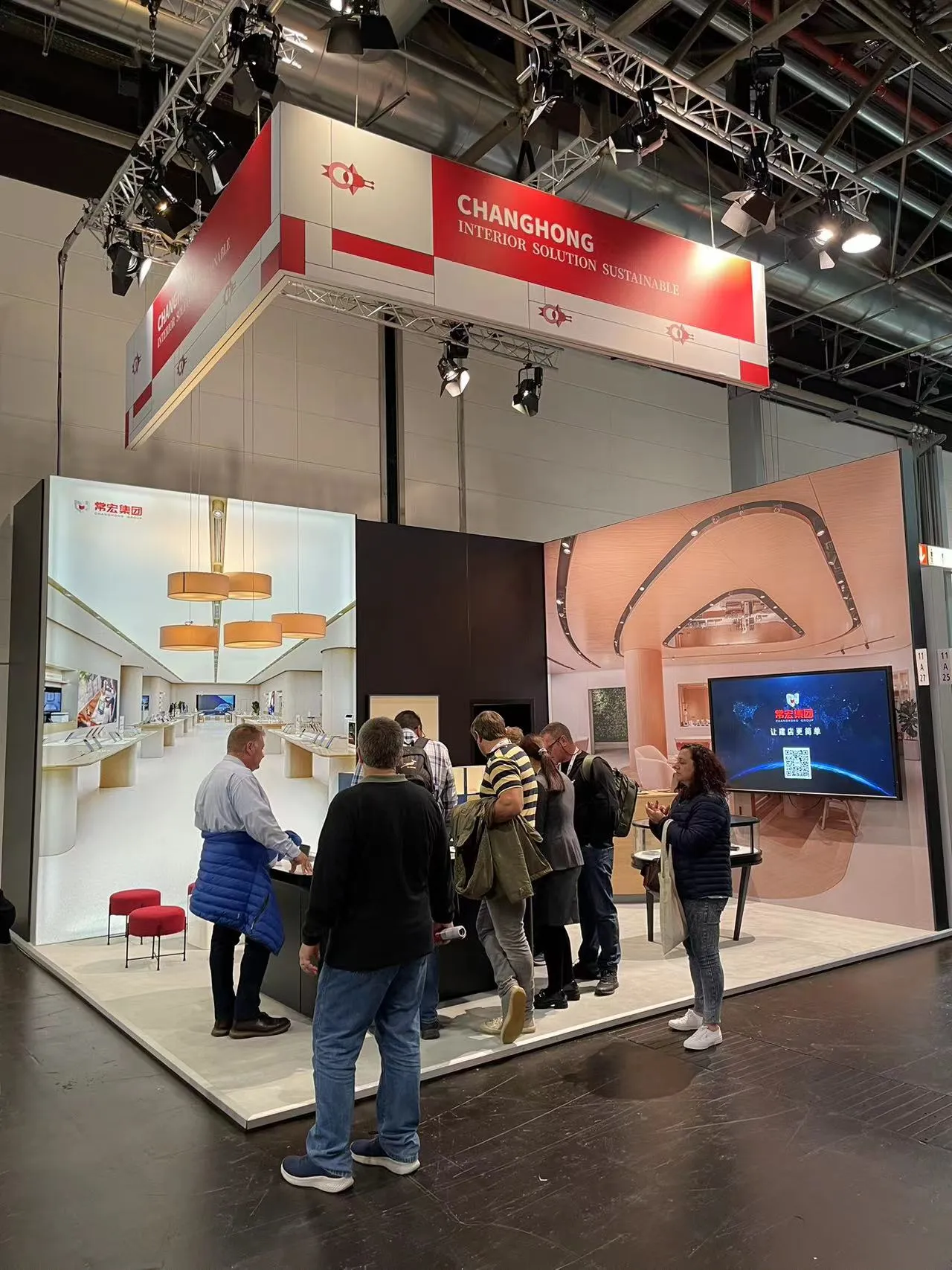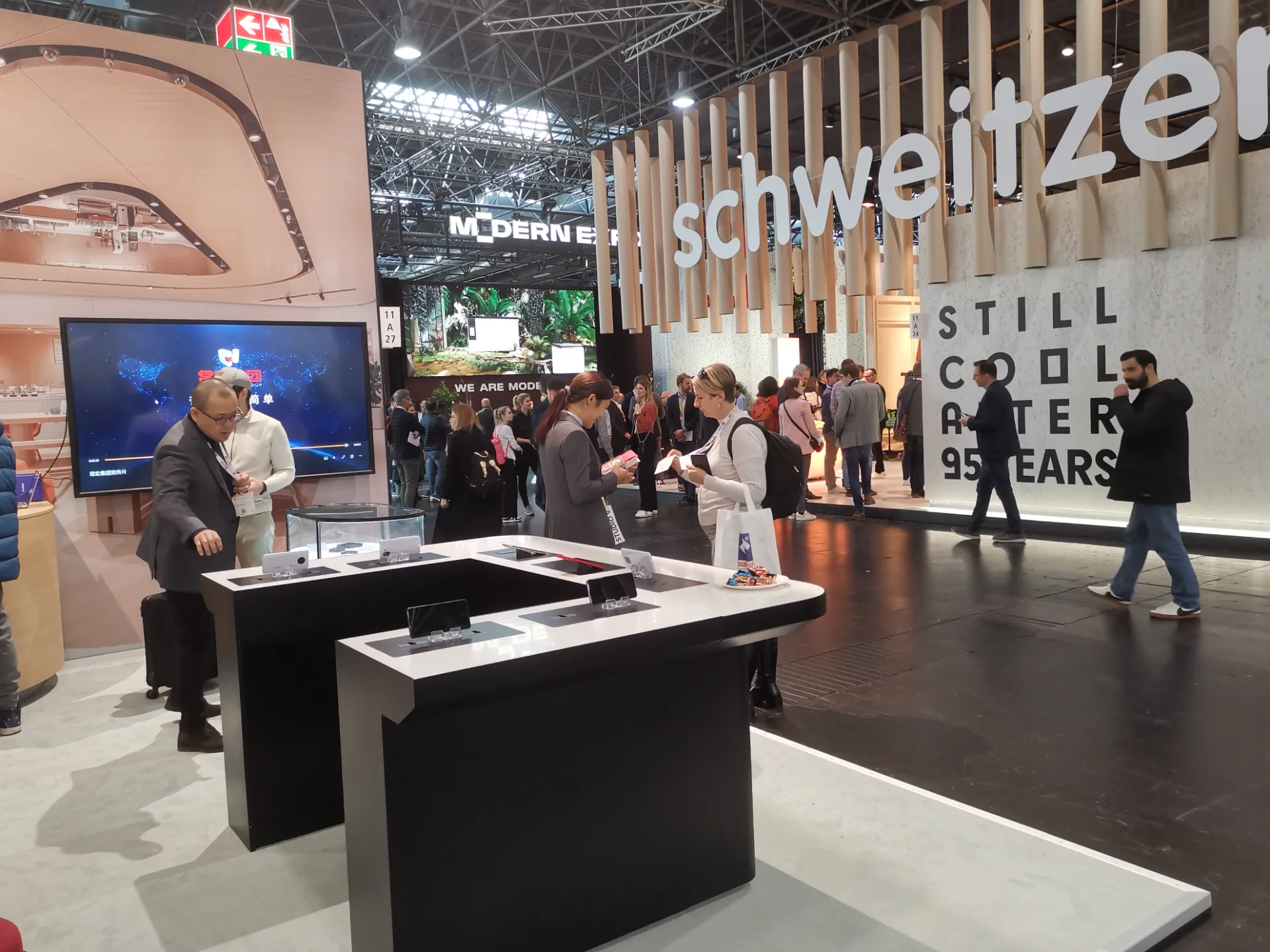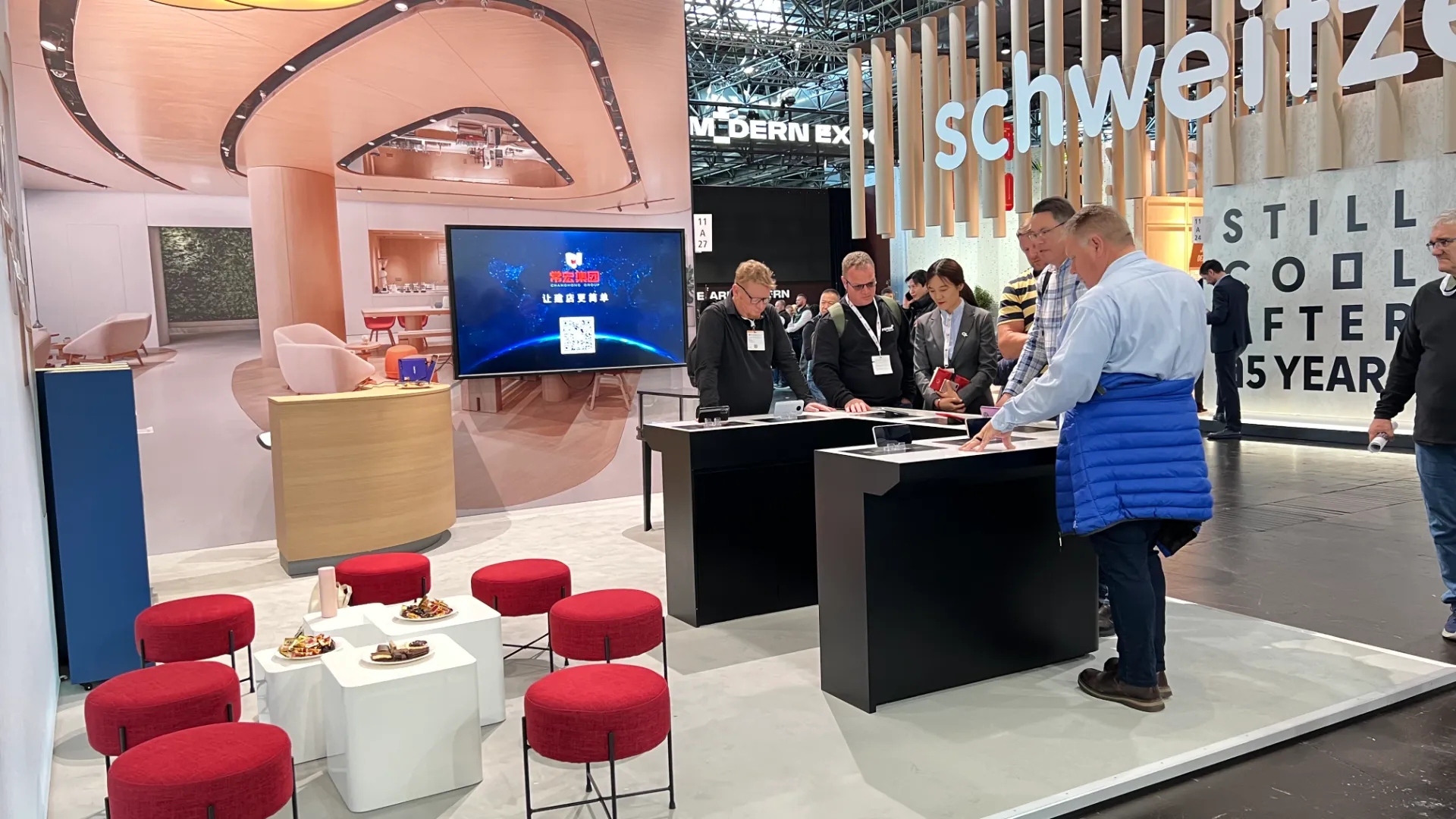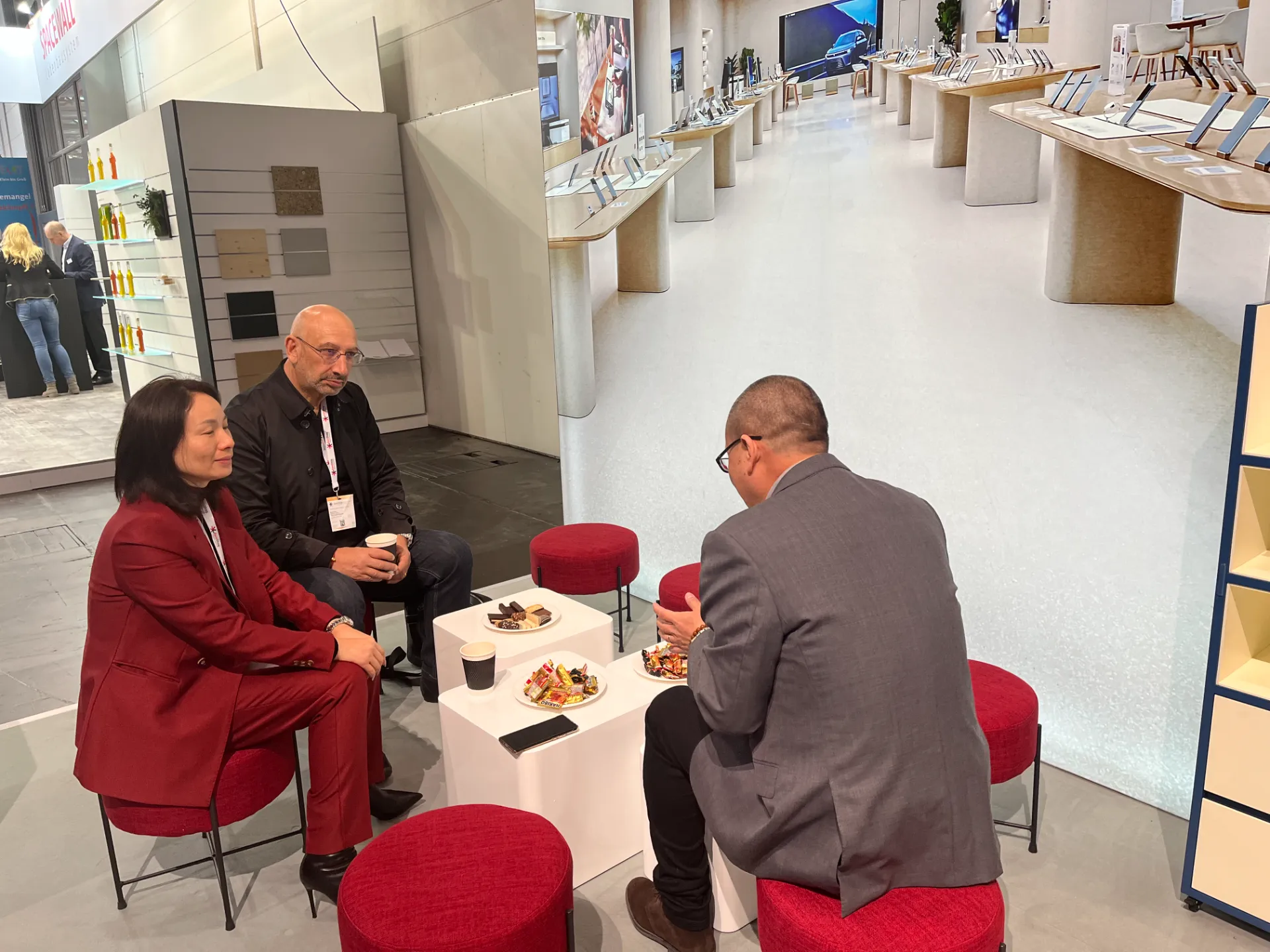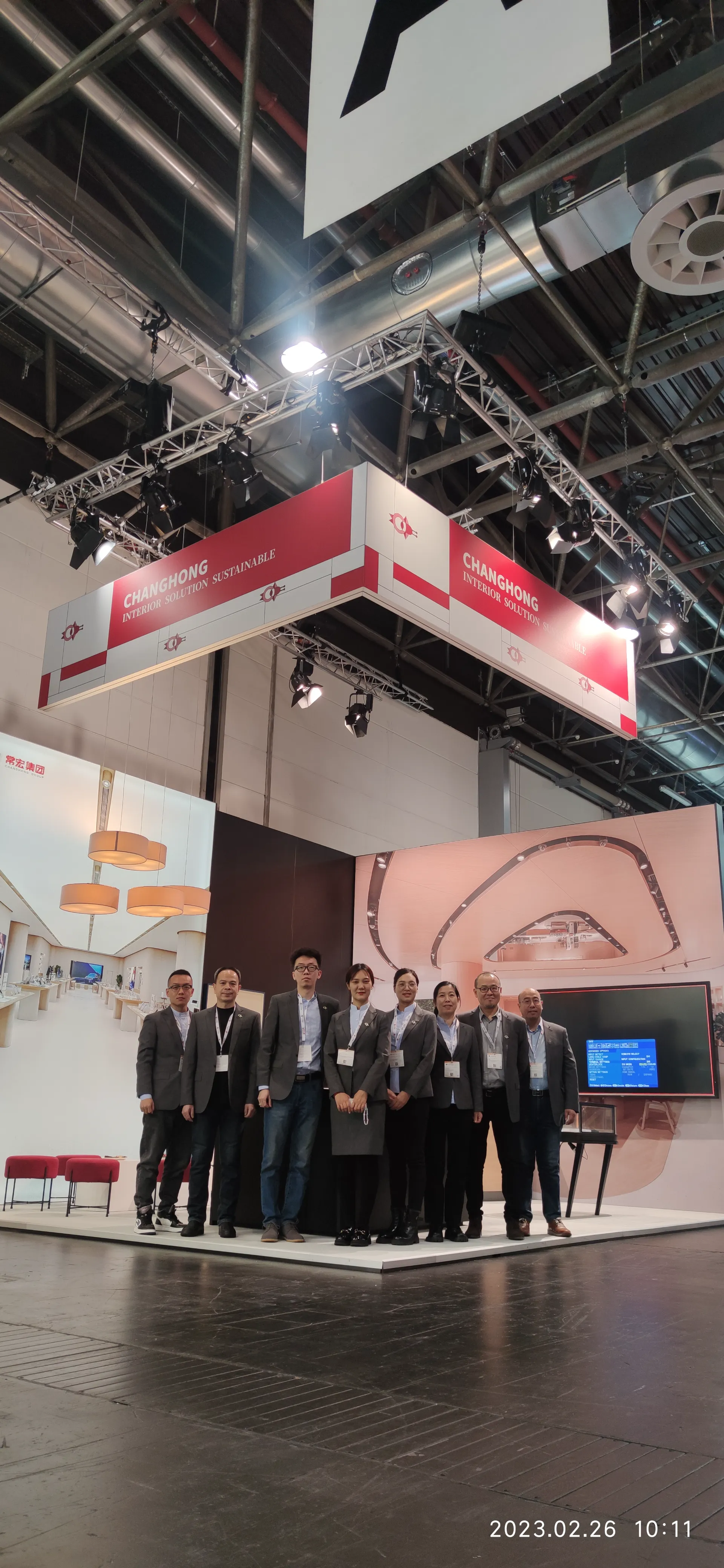Nov . 20, 2025 09:30 Back to list
Average Shop Fitting Costs Explained: Global Insights & Practical Guide
Understanding Average Shop Fitting Costs: Why It Matters Worldwide
When you think about shop fitting — the art and science of designing and installing retail interiors — you're really talking about more than just stylish shelves and lighting. Average shop fitting costs represent the crucial balance between aesthetic appeal, functionality, and budget. Globally, this subject touches on everything from small boutiques in Europe to sprawling malls in Asia.
Let’s face it: getting shop fitting right means you’re setting up a retail space that’s inviting, efficient, and scalable. If costs spiral out of control, business owners face a tough, sometimes ruinous choice. But understanding those average shop fitting costs helps stakeholders plan smarter investments, avoid surprise expenses, and innovate with materials and designs that reflect both local tastes and global trends.
In a world still reeling from economic shifts and changing consumer habits, knowing the ins and outs of these costs feels especially relevant. It’s not just about spending money — it’s about getting value, durability, and the right ambiance to connect with customers fast.
The Global Context: Why Average Shop Fitting Costs Are a Big Deal
Globally, retail is undergoing transformation. The UN’s Sustainable Development Goals report reminds us that economic growth often ties closely to strong commercial sectors, including retail. The World Bank reports that post-pandemic retail recovery depends heavily on efficient, cost-conscious operations.
Yet, as markets evolve, prices for materials, labor, and tech integration are far from uniform. For example, shop fitting costs in London will naturally be very different from those in Lagos or Mumbai. According to industry surveys, average shop fitting costs can vary up to 300% globally, depending on location and scope.
The challenge, therefore, is clear: how do businesses and contractors find a reliable benchmark when local costs fluctuate so wildly? This is part of why average shop fitting costs get so much attention — they help calibrate expectations and budgets, critical when launching new stores or refurbishing existing ones.
What Exactly Are Average Shop Fitting Costs?
Simply put, average shop fitting costs represent the typical expenses involved in transforming an empty space into a functional retail environment. This usually includes project management, materials like fixtures and fittings, lighting, flooring, signage, cabinetry, electrical works, and sometimes IT infrastructure.
This isn’t some narrow “contractor-only” figure but rather a comprehensive average reflecting both direct and indirect costs. Understanding this average is invaluable for designers, shop owners, and supply chain managers alike.
It connects directly to modern retail trends: modular systems, sustainable materials, and flexible layouts — all geared toward maximizing utility while controlling costs. Oddly enough, even humanitarian supply chains and refugee camp markets are starting to lean on flexible shop fitting principles to create dignified, functional spaces — showing how broad the reach of this concept really is.
Key Aspects Influencing Shop Fitting Costs
1. Materials & Durability
One cannot overstate how much materials affect average shop fitting costs. High-grade steel and bespoke woodwork naturally hike the bill, while lightweight composites can lower it but at times sacrifice longevity. The secret is striking the right balance.
2. Design Complexity & Customization
Custom designs bring uniqueness but generally increase both time and cost. Pre-fabricated modular units, on the other hand, offer cost efficiency and scalability — useful if you need to roll out multiple stores quickly.
3. Labor & Installation
Local labor costs have a huge impact. Lengthy installation phases also add indirect costs through downtime. Many businesses now invest in trained contractors or specialized teams to speed this step.
4. Technology Integration
Lighting, point-of-sale systems, interactive displays, and smart shelving add layers of expense but can significantly boost customer experience and sales. Integration proficiency often decides if these costs pay off.
5. Location & Regulations
Permits, fire safety codes, and accessibility compliance vary by country and region — often adding unexpected costs. Planning ahead helps navigate these hurdles efficiently.
6. Sustainability & Eco-Friendly Choices
More retailers desire green certifications (like LEED), pushing average shop fitting costs up but arguably delivering longer-term savings and brand goodwill.
Where Average Shop Fitting Costs Truly Come Alive: Global Applications
From the high streets of Paris to pop-up stores in South Africa, average shop fitting costs don’t just measure budgets — they influence retail success. Let’s peek at some use cases:
- Emerging markets: In rapidly urbanizing areas like Southeast Asia, efficient shop fitting provides affordable, quick setups to capture rising consumer demand.
- Luxury retail: High-end boutiques in Dubai face premium fitting costs but invest heavily to ensure brand prestige and customer experience.
- Post-disaster retail recovery: After natural disasters, temporary shops or modular kiosks leverage cost-effective fittings to restore commerce fast.
- Pop-up concepts and events: Short-term shops require lean average costs while offering dynamic, eye-catching appeal.
The takeaway? Understanding average costs helps tailor strategies to each scenario, saving wasted funds and maximizing impact.
Average Shop Fitting Cost Specification
| Component | Typical Cost Range (USD) | Description |
|---|---|---|
| Materials & Fixtures | $15,000 - $40,000 | Includes flooring, cabinetry, shelving, and lighting |
| Labor & Installation | $8,000 - $25,000 | Skilled labor, project management, and site preparation |
| Technology & IT Systems | $5,000 - $15,000 | POS terminals, security cameras, lighting controls |
| Design & Planning | $3,000 - $10,000 | Architectural and interior design fees |
| Compliance & Permits | $1,000 - $5,000 | Building codes, fire safety, ADA regulations |
Comparing Leading Shop Fitting Vendors
| Vendor | Average Cost per SQM (USD) | Specialization | Turnaround Time |
|---|---|---|---|
| FitDesign Global | $200 - $350 | High-end retail, bespoke solutions | 6-8 weeks |
| QuickFit Modular | $125 - $220 | Modular, sustainable materials | 3-5 weeks |
| UrbanFit Solutions | $150 - $275 | Mid-range retail fit-outs, compliance focus | 4-7 weeks |
Spotlight on Advantages and Long-Term Value
Honestly, the entire rationale for focusing on average shop fitting costs boils down to three things:
- Cost Control: It gives you a realistic budget framework to avoid nasty surprises.
- Sustainability: Choosing right upfront can reduce waste and boost energy efficiency — a win-win economically and environmentally.
- Improved Customer Experience: The fit-out isn’t just a shell but a stage for customer engagement. Well-fitted spaces build trust and loyalty.
There’s also that intangible feeling of safety and pride when customers walk into an attractive, clean, and accessible retail environment. It’s kind of like setting the tone for the whole business experience. So even beyond dollars, there’s a social and emotional ROI.
Looking Ahead: Trends Shaping the Future of Shop Fitting Costs
With the global emphasis on green tech, I see average shop fitting costs increasingly affected by sustainability innovations — things like:
- Digital design tools helping simulate costs and layouts before even breaking ground.
- Recycled and biodegradable materials replacing traditional but less eco-friendly options.
- Robotic and automated installation that could drive down labor costs over time.
- Smart stores integrating IoT to optimize energy and space usage.
Policies encouraging green buildings and tax breaks for sustainable fit-outs will also shift how average costs are calculated. In a way, staying ahead means thinking green, lean, and digitally savvy.
Challenges & Expert Solutions in Managing Shop Fitting Budgets
One common hiccup? Scope creep — where small changes during build-out spiral costs beyond original estimates. Many experts recommend rigid initial planning and regular cost audits to keep this in check.
Logistics may also create bottlenecks — importing bespoke fixtures, dealing with customs, or inconsistent local labor skills. Partnering with experienced vendors, preferably those who understand local markets (and regulations), is essential.
Finally, balancing quality and price requires a nuanced approach, sometimes opting for modular elements that can be upgraded or swapped, rather than full replacements.
FAQ: Your Questions About Average Shop Fitting Costs
Q: How can I estimate average shop fitting costs for a small retail outlet?
A: Start by assessing the space size, desired design complexity, and necessary technology integration. For basic fit-outs, expect costs roughly between $150 to $300 per sqm. Consulting with vendors early can help refine this estimate, especially considering local labor and material prices.
Q: What factors most influence variability in shop fitting costs?
A: Location, material quality, complexity of design, and technology requirements are key. Also, regulatory compliance and sustainability certifications can impact final costs significantly.
Q: Are modular shop fittings more cost-effective?
A: Often, yes. Modular systems speed up installation, reduce waste, and allow reuse across multiple sites, lowering average costs over time — a favorite for retailers with rapid expansion plans.
Q: How do I ensure quality while keeping costs manageable?
A: Prioritize materials and components that balance durability and cost. Engage vendors who offer transparent pricing and project milestones. A phased rollout can also help manage cash flow.
Q: Can I leverage any government incentives for sustainable shop fitting?
A: Many regions offer incentives for green building practices, such as tax rebates or grants. Check local regulations and certifications like LEED to see what benefits are available.
Wrapping It Up: Why Knowing Average Shop Fitting Costs Pays Off
The takeaway? Average shop fitting costs aren’t just numbers on a spreadsheet — they’re a strategic tool for any retailer or contractor. Understanding these costs brings clarity to budgeting, fosters innovation in design, and ultimately creates retail spaces that engage customers while respecting the bottom line.
If you want to dig deeper or start estimating for your project, don’t hesitate to explore our resources or get in touch with experienced shop fitting experts ready to guide you.
-
Premium Golf Shop Fixtures for Modern Retail | Durable & Customizable Displays
NewsNov.21,2025
-
Modern Shop Fittings: Enhancing Retail Spaces with Technology & Sustainability
NewsNov.21,2025
-
Essential Sweet Shop Fittings for Modern Retail Success – Durable, Stylish & Sustainable
NewsNov.20,2025
-
Average Shop Fitting Costs Explained: Global Insights & Practical Guide
NewsNov.20,2025
-
Shop Fitting Furniture: Durable & Flexible Commercial Interiors Explained
NewsNov.19,2025
-
Expert Convenience Store Shop Fitters: Design, Durability & Sustainability
NewsNov.19,2025




